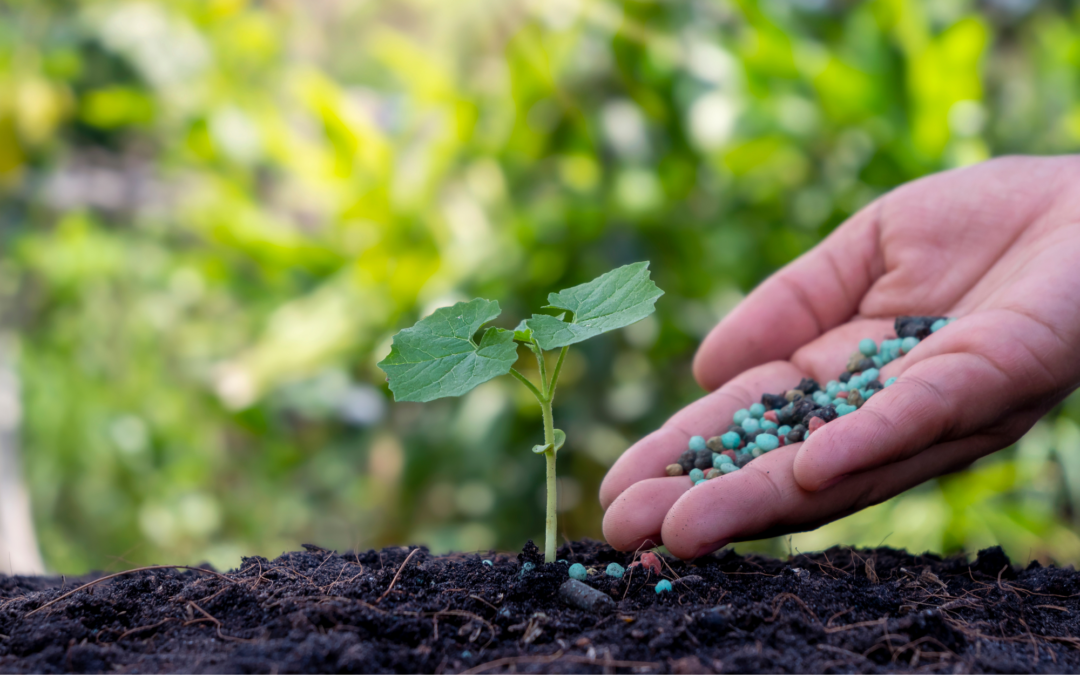Introduction:
Maintaining a lush and healthy lawn in New England, or anywhere in the Northeast requires careful attention and proper fertilization. Fertilizing at the right time is essential for providing the necessary nutrients that promote grass growth and resilience. In this article, we will explore the optimal timing for fertilizing lawns in New England and share some best practices to achieve a vibrant and thriving yard.
Understanding New England’s Climate:
New England experiences a unique climate characterized by distinct seasons. The summers are warm and humid, while winters are cold and snowy. The transitional periods of spring and fall provide favorable conditions for grass growth. Considering these seasonal variations is crucial when determining the appropriate timing for fertilization.
Early Spring Lawn Care:
Early spring is a vital time to kickstart your lawn’s growth after the winter dormancy. You’ll want to put down your first layer of fertilizer during this period. This time provides the necessary nutrients to encourage healthy root development, enhance color, and improve overall vigor. Aim to fertilize in late March to mid-April, depending on when the soil becomes workable and the grass starts showing signs of growth.
We recommend using a slow-release nitrogen-based fertilizer with a balanced ratio of nutrients, such as 20-10-10. Slow-release formulas provide a steady supply of nutrients over an extended period, ensuring sustained growth and reducing the risk of runoff.
From Late Spring to Early Summer:
As spring transitions into summer, your grass is going to enter its peak growing season. During this period, regular mowing and watering are crucial, but additional fertilization can also be beneficial. Apply a second round of fertilizer in late May to early June to sustain the lawn’s growth and health throughout the summer months.
When selecting a fertilizer for this application, opt for a slightly lower nitrogen content, such as a 16-4-8 blend. This formulation supports steady growth while reducing excessive leaf development, which can make the lawn more susceptible to diseases and stress during hot summers.
Throughout the Summer:
Summer in New England, and the broader Northeast area can present challenges for lawns due to heat, drought, and increased foot traffic. While it is generally not recommended to fertilize during this season, spot-treating with a high-quality slow-release nitrogen fertilizer can help revitalize stressed areas. However, focus primarily on proper irrigation, regular mowing, and preventing any potential damage caused by activities like hosting backyard barbecues or playing sports.
Fall Lawn Care:
Fall is a crucial season for lawn care in New England. As the temperature begins to drop and rain increases, it creates optimal conditions for grass growth and recovery. Fertilizing your lawn in early September is highly recommended as it helps fortify the lawn, promotes root development, and enhances resilience for the coming winter.
Choose a fall-specific fertilizer with a higher phosphorus and potassium content, such as a 12-25-12 blend. These nutrients support root growth and storage of energy reserves, enabling the grass to survive the winter and emerge vigorously in the following spring.
Conclusion:
Proper timing of lawn fertilization plays a vital role in maintaining a healthy and vibrant lawn in New England. By adhering to the guidelines outlined above and considering the specific needs of your grass type, you can ensure that your lawn receives the necessary nutrients to thrive throughout the year. Remember to consult local experts or garden centers for specific advice tailored to your region and grass species, as they can provide valuable insights to achieve optimal results.
